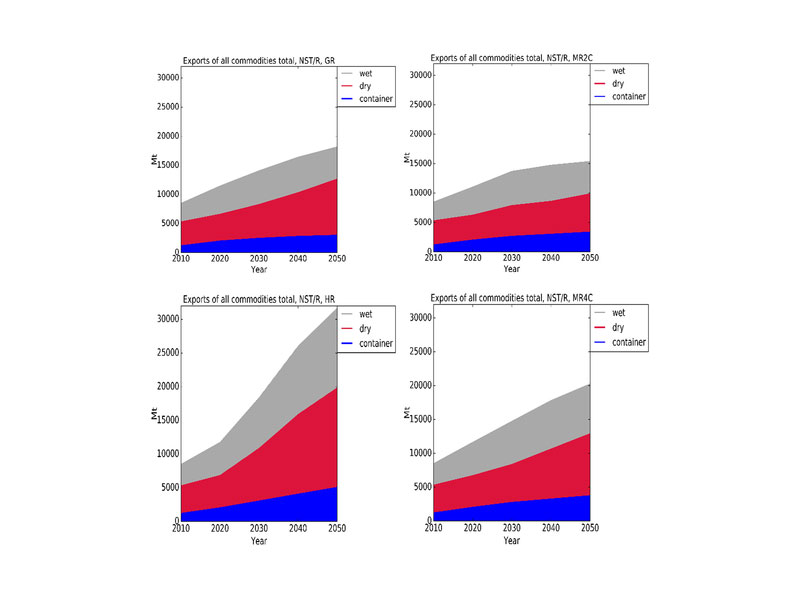By 2050, the effects of sea level rise will require ports around the world to allocate an additional $8 billion to $18 billion to protect their facilities, according to a new study.
The study, “Demand for Ports to 2050: Climate Policy, Growing Trade and the Impacts of Sea‐Level Rise” adds that by 2100 ports will need to factor an additional $12 billion to $63 billion.
Seaport footprints will need to expand by up to 3,689 square kilometers (1,424 square miles) worldwide in the next three decades to cope with the combination of sea-level rise and rising demand, according to the study that was released in July.

The study said new port construction and adaptation is projected to cost up to $768 billion and so sea level adaptation is a small percentage of the projected global investment:
“The total global investment costs for port adaptation to sea‐level rise and provision of new areas are between 223 and 768 billion USD to 2050. These are dominated by the need for new area construction with the adaptation of base year areas to relative sea‐level rise representing a maximum of 6% of total costs globally. Therefore, in addition to adapting existing port areas to sea‐level rise, it is equally or more important to consider provision of new ports.”
The study co-author, Robert Nicholls, director of the U.K.-based Tyndall Centre for Climate Change Research, at the University of East Anglia, told AJOT: “Port planners need to factor these projected costs now so that they anticipate the effects of sea level rise.”
He said that the cost of upgrading breakwaters and other port protection infrastructure is not included in the projections and needs to be added by planners.

Nicholls said that the methodology used to project expansion costs is based on expansion of trade and shipping at existing ports and factoring construction costs and sea level protections:
“We used construction costs from the Netherlands and the Port of Rotterdam because the Dutch are willing to share costs. Also, since the catastrophic flooding that hit the country in 1953, Dutch flood protections standards are some of the highest in the world.”
The study was published in Earth’s Future, a peer-reviewed scientific journal focusing on climate change and future sustainability, produced by the Washington, DC based American Geophysical Union.


